Module 9 – Analytics

So, what is Web analytics, exactly?
Well, it’s all about using the data you can collect from your website to give you insights about your business. There are lots of web analytics tools out there, and they can do a variety of things. In this course we will concentrate on Google Analytics, a free tool from Google.
If you want to understand in detail how it works, go to the Google Analytic Academy, for a beginner tutorial. You might end up with an official certificate if you pass the exam. You will learn the basic features of Google Analytics including how to create an account, implement tracking code, analyze basic reports, and set up goals and campaign tracking. You can continue with a more Advanced course where categorization, segmentation and remarketing will be covered.
But let’s be realistic … it’s not an easy tool! I will try to give you an overview in this module so that you know what this tool has to offer.
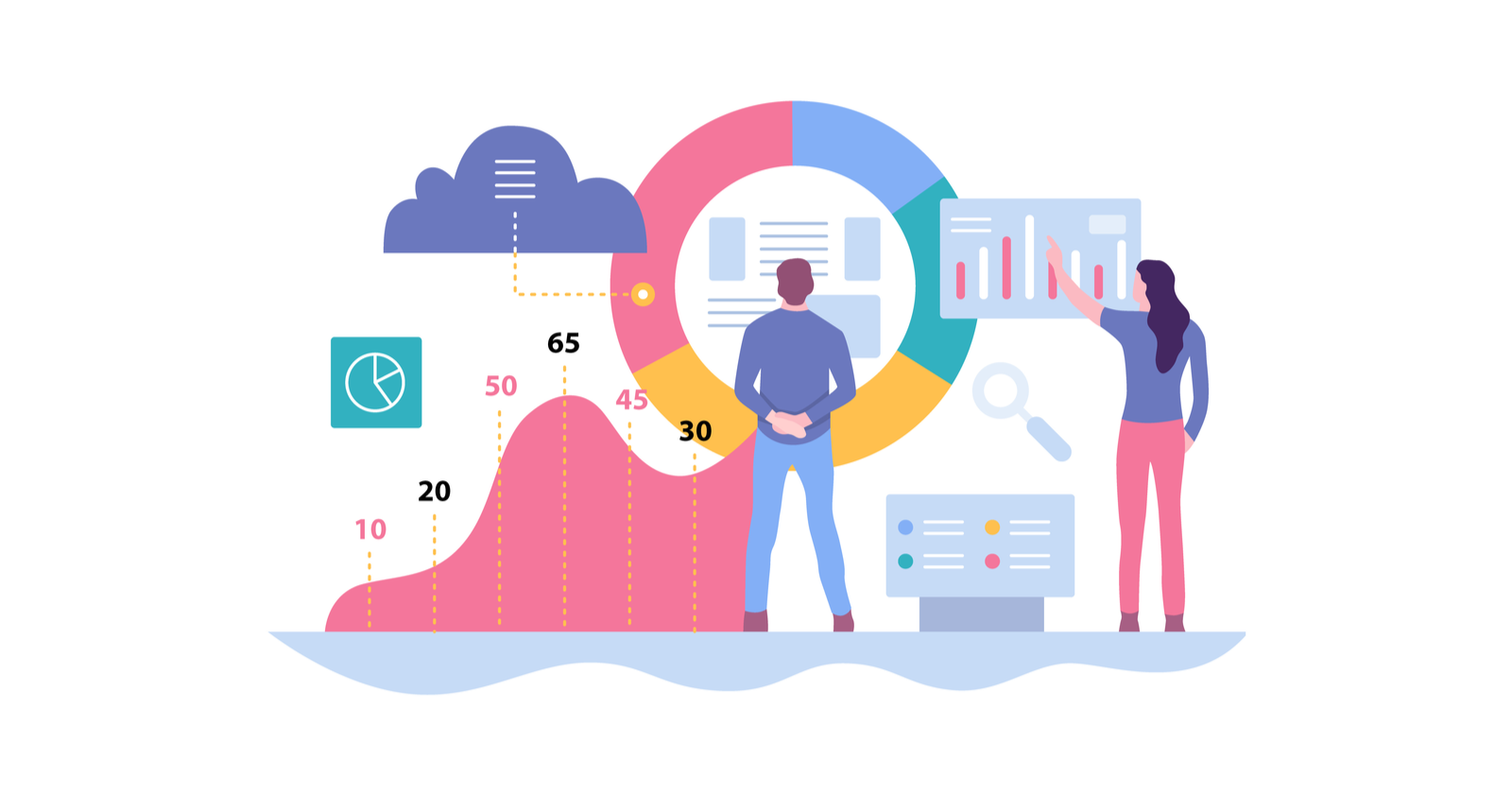
Tracking a Website
So how it works? To track a website, you first have to create a Google Analytics account. Then you need to add a small piece of JavaScript tracking code to each page on your site.
Every time a user visits a web page, the tracking code will collect anonymous information about how that user interacted with the page. It will also collect information from the browser like the language the browser is set to, the type of browser (such as Chrome or Safari), and the device and operating system used to access the Website. It can even collect the “traffic source,” which is what brought users to the site in the first place.
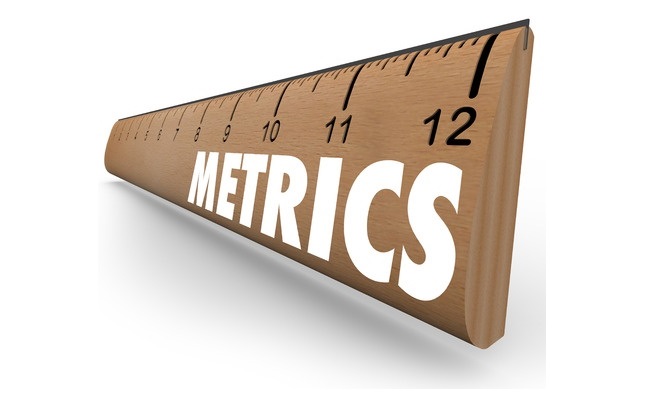
Metrics
But let’s look at the different types of data you will have with the tool and learn how to speak “analytics”. A METRIC is basically anything you can count. “Unique Visitors” is a good example. “Time Spent On Site” is another. If your goal is to get people to read your website, you can track the number of times someone looked at a blog post or the amount of time they spent on it. All of these things are “metrics.”
When you’re first starting out with analytics, you might feel like you’re swimming in an ocean of metrics, but you’ll quickly get used to having all this data. So, what do you do with it? Well, you can use web analytics tools to learn more about your visitors and adjust your website to their needs.

Dimensions
Next, you’ll generally analyze your metrics by using what are called DIMENSIONS. “Dimensions” include things like the device type, what visitors use, their geographic locations, and much, much more. By taking your metrics and “slicing” them with dimensions, you can find answers to very specific, detailed business questions like “which devices are people finding it easiest to convert on the goals of my website?”
And that’s just one of many questions you can answer with web analytics. Want to know what time of day most people are visiting your website? Take your “Visitors” metric and break that down by an “Hour of Day” dimension.
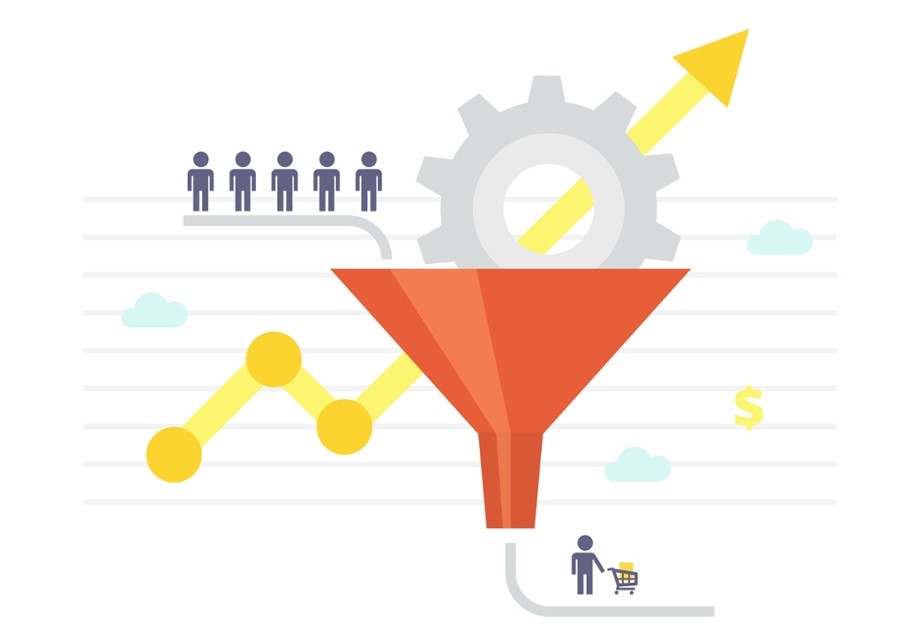
Conversion
Let’s say someone places an order, downloads driving directions to your shop, fills out a contact form, or does something else that you want them to do when they’re visiting your site. This is known as CONVERSION.
Analytics can then tell you if people are actually engaging with your business when they get to your website. For example, do they browse around and sign up for your email updates? Or do they just click the back button in their browser and move on to the next option? Analytics can measure whether people are converting on the goals you want to track: for example a goal could be email newsletter signup, a sale or a reservation.
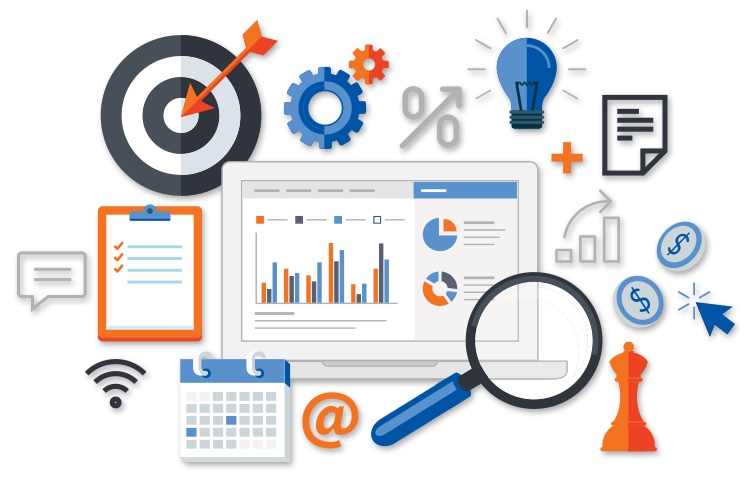
Setting goals in analytics
Analytics can tell us whether people are coming back and becoming repeat customers. And when properly set up, analytics can even tell us if those loyal customers are becoming our advocates – for example, are they sharing our content with others on social networks?
A great way to turn analytics into a powerful tool that helps you understand how people use your website and improve accordingly, is to set clear, specific, quantifiable goals at every stage of the customer journey. Then, use analytics to measure your progress toward those goals, and identify bottlenecks that are getting in the way of achieving them.
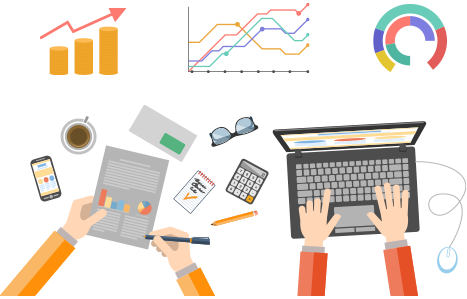
Find success with analytics
Analytics tools provide loads of data, but they don’t always give easy answers. Dive a little deeper into web analytics, and you’ll soon be able to measure organic search analytics and master segmentation techniques.
Web analytics can be a great tool for your SEO efforts, helping you measure how much traffic you’re getting from search engines, where you might be able to make improvements, and the impact of changes you’re making to your website.
Google analytics is a powerful but complex tool. Sometimes having so much data at your disposal can seem a little overwhelming and you might consider to hire a marketer to help you! But at least, you will know what the subject is all about.